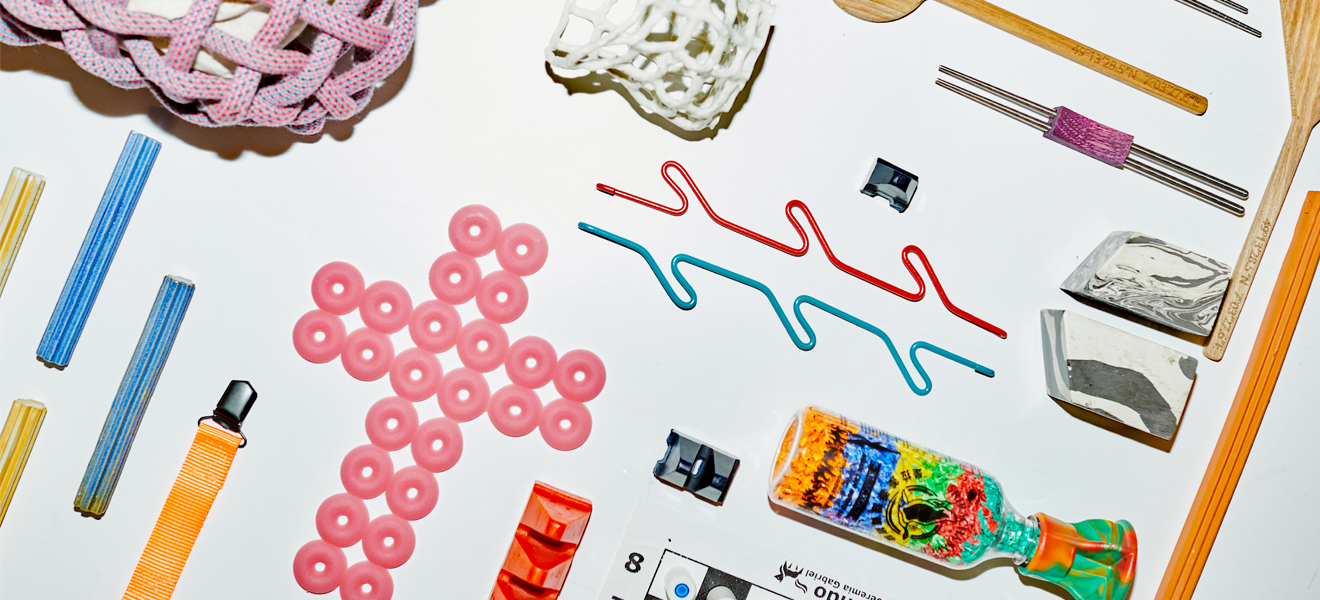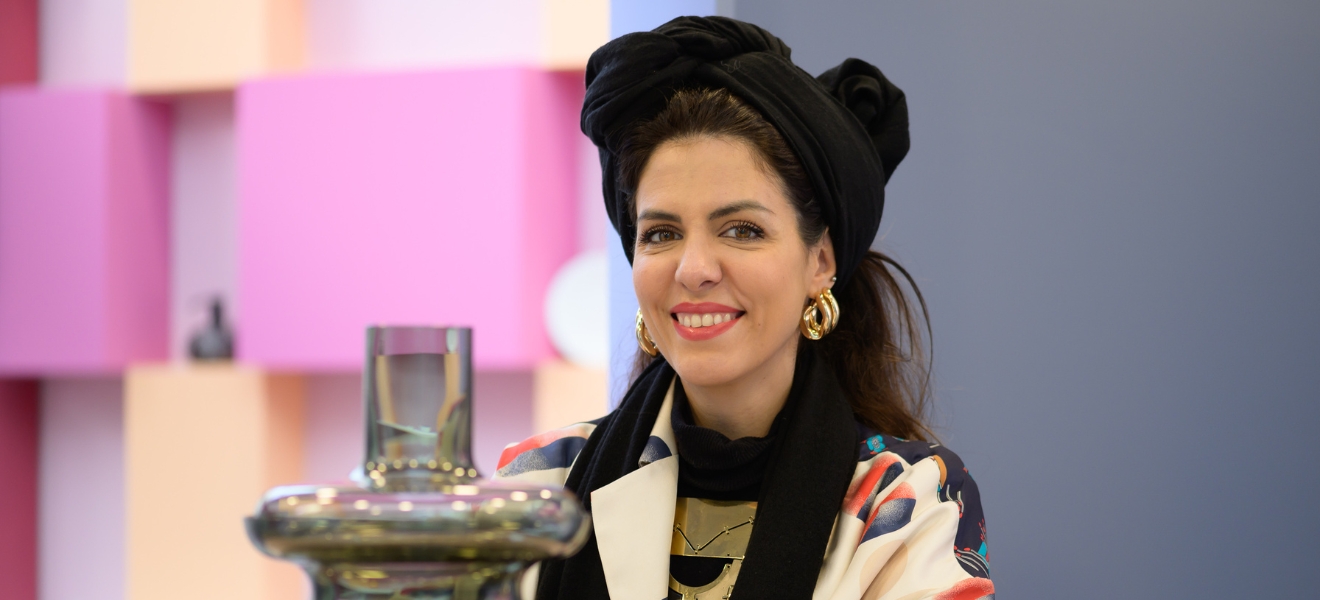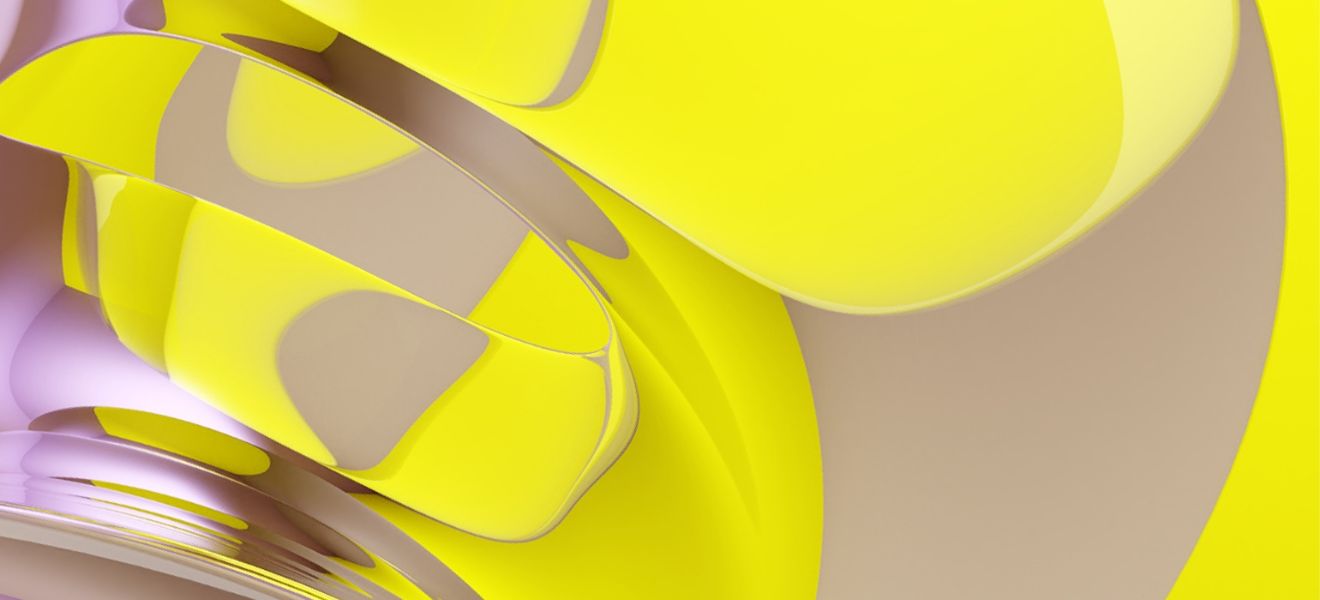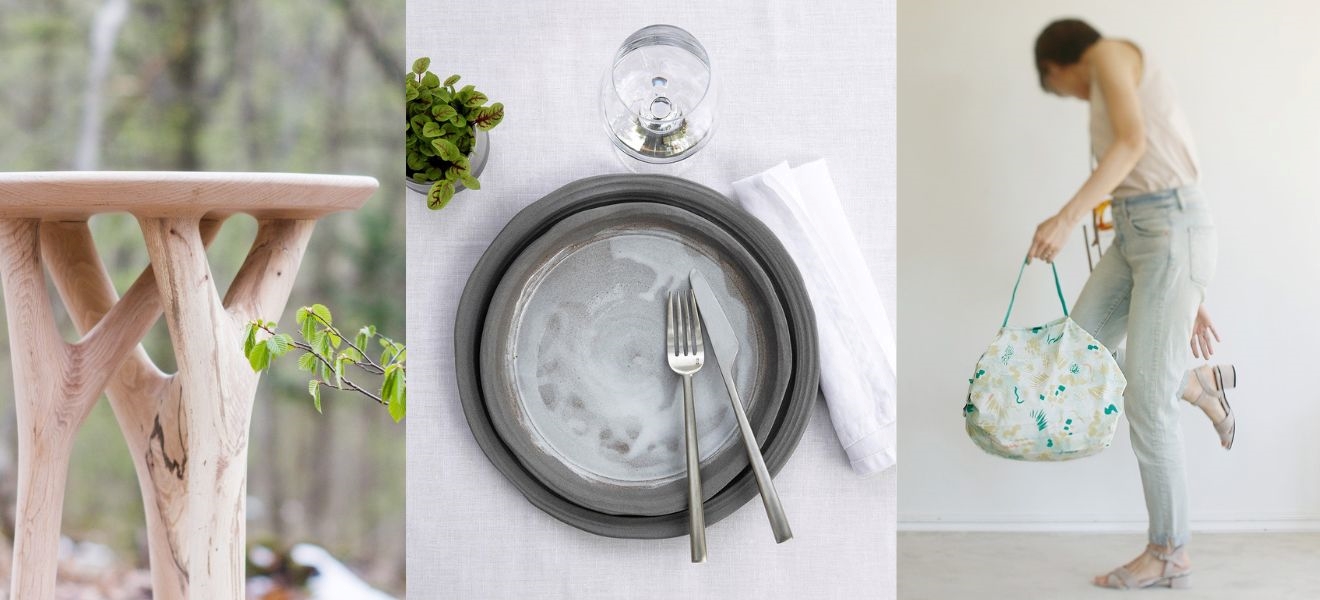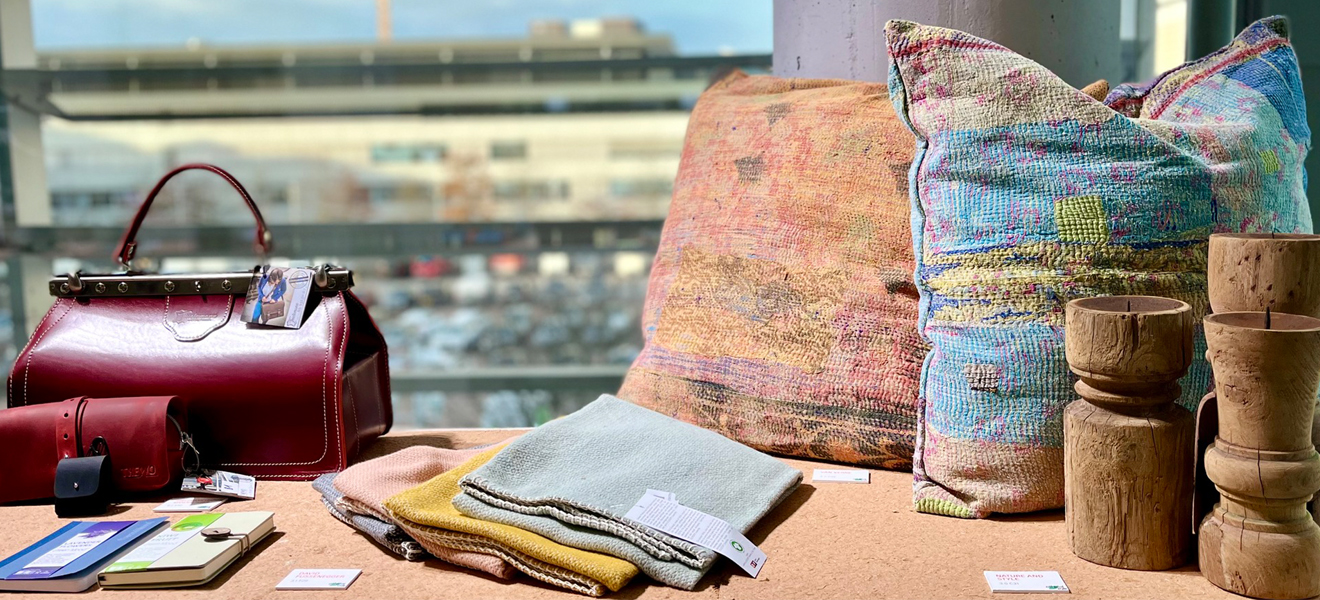Handmade, fairtrade, environmentally responsible. Many consumers nowadays are seeking sustainable product characteristics and as a result have a more discerning and demanding attitude towards buying consumer goods. Alongside aesthetic qualities such as an attractive appearance and appealing materials in on-trend colours, there is now increasing emphasis on environmental compatibility as well as production and trading processes that are resource-efficient and fair. In this blog we present some new and surprising products that fulfil these requirements. If they and other similar products establish themselves on the market and grow in popularity, this surely signifies a positive step towards the future.

Fair trade is here to stay
Products that are fairly traded and therefore ethically sound – whether foods, interior textiles, clothing, jewellery or handcrafted items – are usually produced by very small enterprises. A recognised “fair trade” label not only gives these enterprises access to international markets, but also ensures a defined minimum wage and social security in places where state benefits do not exist. Fair trade creates transparency with the ultimate goal of sustainable development. Social welfare considerations are currently attracting even greater attention. Aware of this, companies around the world use their socially responsible manufacturing conditions as a distinctive brand proposition. An excellent example from Germany is Werkhaus, a company founded in 1992 that wholeheartedly embraces social responsibility and ecological thinking. The firm, known for its environmentally friendly desk tidies and small furniture items for the office and home, currently employs around 150 people, 15 percent of whom have physical or mental disabilities. Following an integrational concept, they work side-by-side with the rest of the workforce. This gives them a feeling of acceptance which leads to a sense of pride in their work and enhanced self-confidence.

An ode to bamboo
The eco-friendly renewable raw material that’s creating a stir at the moment is without doubt bamboo. This plant grows quickly and, thanks to its properties, is sought after as a substitute for wood and even metal. Manufacturer Bambu from Portland in the US state of Oregon, with a production facility in China, uses ecologically certified bamboo for the majority of its products. From chopping boards through disposable tableware to fun children’s cutlery, this newly established company offers a broad product range that also includes items for the catering sector.
Biodegradable plastic is often reinforced with bamboo fibres or bamboo powder. For Ekobo and 8pandas, colourful eco design is the name of the game. Their tableware sets for adults and children are excellent examples of products that are aesthetic, functional and natural.

Naturally antibacterial
At last there is a practicable and natural alternative to aluminium foil and cling film. Abeego, distributed by Green Pioneer, is a 100 % natural food packaging product made from hemp, organic cotton, beeswax and tree resin. With a breathable coating, this innovative eco-friendly food wrap from Canada keeps food fresh for a long time. And, as in nature, the raw materials used have an antiseptic and antibacterial effect. The fact that these wax sheets can even be washed in a dishwasher makes them an almost unrivalled product.

Materials for the future
The key concept: conserving resources. As they grow, hemp and linen consume much less water than cotton, while the materials made from them are also more robust. And before they finish up in a landfill, certain disused items – for instance lorry tarpaulins and fire hoses made from heat-resistant polyester yarn – can be given an entirely new lease of life. They take on a different guise as here-to-stay bags and lifestyle accessories: the eye-catching outcome of upcycling and recycling. Another exciting material of the future is cork, which is capable of much more than plugging wine bottles. This natural vegan material is more pleasant to the touch than leather and can be worked in the same way as a textile. Plus, it can also be used to make a wide range of products including cushions and clothing.
The collection of bottles from Samesame demonstrates how one design gives way to another and how new is artistically created from old. For her degree thesis, product designer Laura Jungmann developed a high-quality collection of redesigned everyday bottles that also pays homage to the traditional handicraft of glassmaking.

Ethical bloggers
There’s no denying the strong influence exerted by blogs on fashion trends and consumer behaviour. More and more, it is blogs that are shaping our purchasing decisions. The online world peopled by bloggers is a source not only of social comment and vegan recipes, but also, increasingly, of pointers to new eco design where environmental and social compatibility play as important a role as high quality. Curious? Then take a look at what these bloggers have to say:
Lilli Green recommends products with fair trade labels and provides tips for taking a responsible approach to food and packaging. The American blog inhabitant showcases designers and innovative technologies. This blog is also a forum for art crafted from sustainable and recycled materials. And anyone who wants to know more about initiatives and talks in Germany on the theme of sustainability will find plenty of current information and the latest dates in the blog from the Sustainable Design Center, a non-profit organisation in Berlin.

